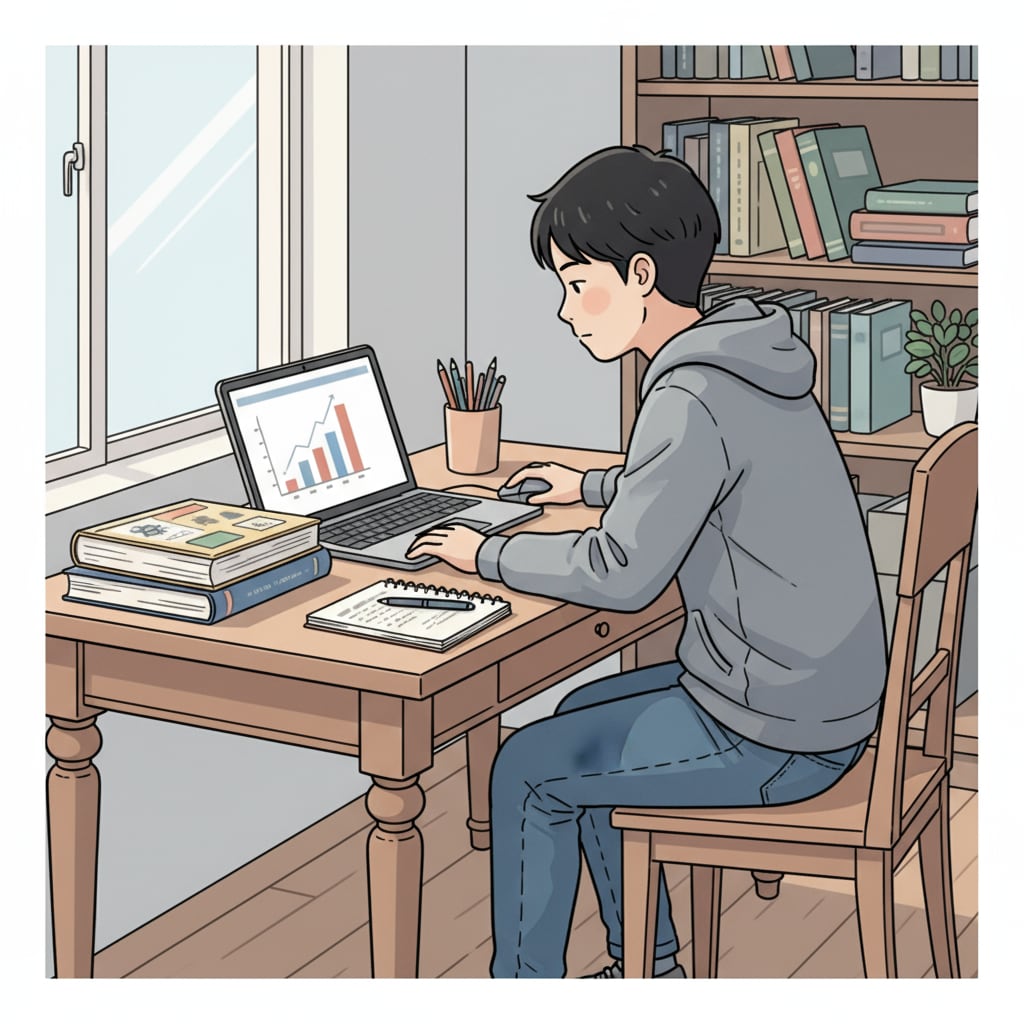In the realm of K12 education, the age-old debate of lectures, attention, and self-study continues to shape the learning experiences of students. The choice between active classroom participation and independent self-learning is a crucial decision that can significantly impact a student’s academic growth. Let’s delve deeper into this topic to understand the nuances and find the best approach.
The Value of Structured Learning Environments
Structured learning environments, such as traditional classrooms with lectures, offer several benefits. Firstly, they provide a sense of routine and organization. Students know exactly when and where they need to be, which helps in establishing good study habits. For example, having a set schedule for classes ensures that students are regularly exposed to different subjects. This consistency can enhance their attention span as they get accustomed to focusing during specific time intervals. Classroom management on Wikipedia further elaborates on how structured settings contribute to a conducive learning atmosphere.

The Power of Personalized Learning Rhythms
On the other hand, personalized learning rhythms are essential for individual growth. Every student has a unique way of absorbing information. Some may be morning people who can concentrate better early in the day, while others might be more productive in the evenings. Self-study allows students to align their learning with their natural rhythms. It gives them the freedom to spend more time on difficult concepts or breeze through easier ones at their own pace. Education on Britannica highlights the significance of catering to individual learning styles.

So, how can we strike a balance between these two approaches? The answer lies in creating a mixed learning strategy. Teachers can design lessons that incorporate both classroom activities and self-study assignments. For instance, a teacher could start a topic in class through a lecture, then assign independent research tasks for students to complete at home. This way, students get the best of both worlds – the guidance and interaction of a classroom setting and the freedom to explore at their own pace.
Readability guidance: As seen above, we have used short paragraphs to convey ideas clearly. Each H2 section presents a key aspect of the learning balance. We have also incorporated external links to reliable sources to provide further information. By following these principles, we aim to make the content accessible and engaging for readers interested in K12 education and the balance between lectures, attention, and self-study.


